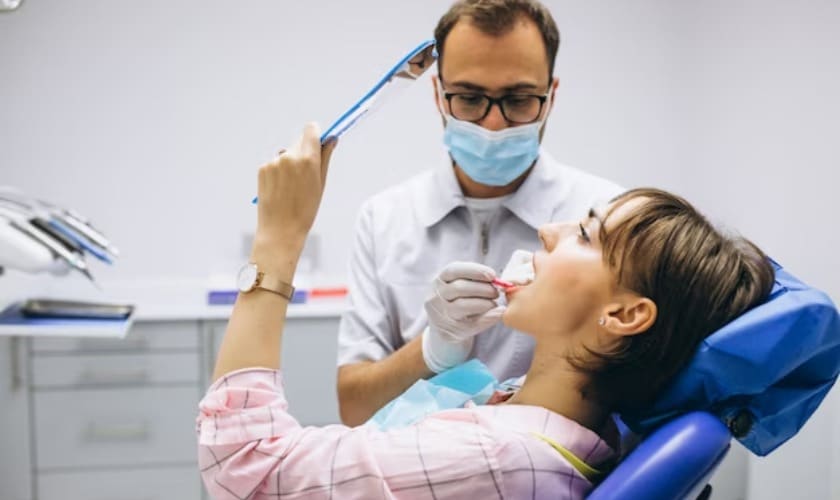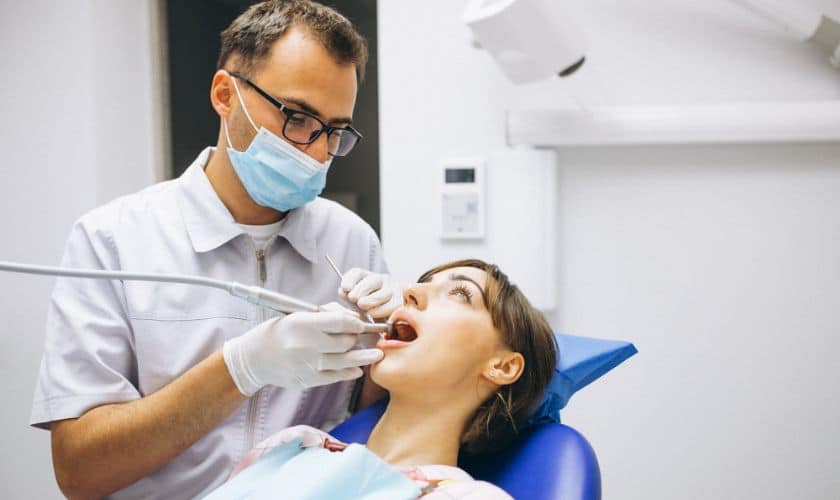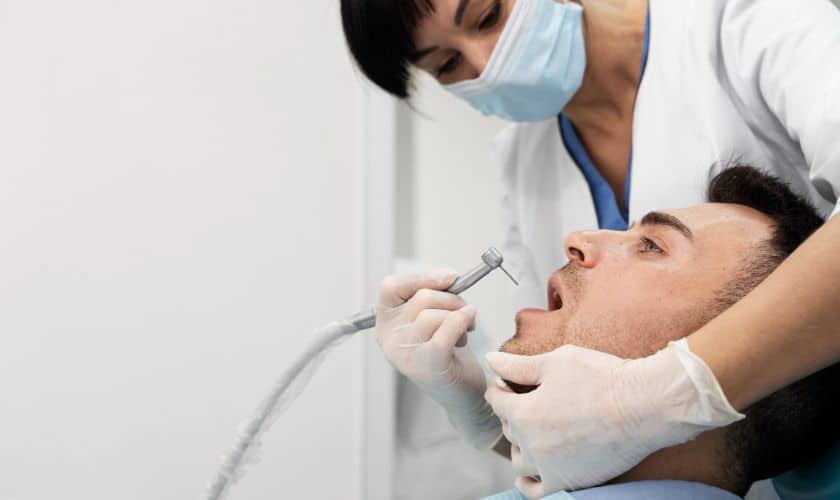
Sedation dentistry has become invaluable in providing a more comfortable and anxiety-free experience for patients undergoing dental procedures. This approach involves using various levels of sedation to help patients relax and manage fear or discomfort during their dental treatments. While sedation dentistry is widely practiced and generally considered safe, it’s essential to understand the key factors that contribute to its safety and the precautions taken by dental professionals.
Levels of Sedation
Sedation in dentistry ranges from minimal sedation, where patients remain awake and relaxed, to deeper levels of sedation or general anesthesia, where patients are unconscious. The choice of sedation depends on the complexity of the procedure, the patient’s anxiety level, and their medical history.
- Minimal Sedation: This level involves using techniques such as nitrous oxide (laughing gas) to induce a relaxed state while keeping the patient fully conscious.
- Moderate Sedation (Conscious Sedation): Patients under conscious sedation are more relaxed, may not remember much of the procedure, and can still respond to verbal cues.
- Deep Sedation: At this level, patients are on the edge of consciousness but can still be awakened if necessary.
- General Anesthesia: This level renders the patient completely unconscious, suitable for more complex procedures, or patients with severe dental anxiety.
Safety Measures in Sedation Dentistry
- Patient Assessment: Before administering any form of sedation, dentists conduct a thorough assessment of the patient’s medical history, current health status, and any medications they may be taking. This helps identify potential risks or contraindications.
- Professional Training: Dentists and their sedation teams must undergo specialized training and certification. This ensures they are well-equipped to monitor patients effectively and respond promptly to any complications.
- Monitoring: Continuous monitoring of vital signs during the procedure is crucial for patient safety. Monitoring equipment, such as pulse oximeters and blood pressure cuffs, is used to track parameters like heart rate, blood pressure, and oxygen levels.
- Emergency Protocols: Dental offices offering sedation dentistry must have emergency protocols. This includes having appropriate emergency medications and equipment readily available to manage unforeseen complications.
- Informed Consent: Patients must be provided with comprehensive information about the sedation process, potential risks, benefits, and alternatives. Informed consent is a critical component of ensuring patient safety.
Benefits and Considerations
Sedation dentistry offers numerous benefits, such as reduced anxiety, enhanced comfort, and the ability to undergo more extensive procedures in a single visit. However, it is not suitable for everyone. Patients with certain medical conditions, allergies, or those taking specific medications may not be ideal candidates for sedation.
In conclusion, when administered by trained professionals with proper precautions, sedation dentistry is generally safe and effective in providing a positive dental experience for patients. The essential lies in open communication between the patient and the dental team, thorough pre-procedure assessments, and adherence to safety protocols throughout the sedation process. As with any medical intervention, potential risks exist. However, with careful consideration and proper precautions, sedation dentistry is vital in promoting dental health and overall well-being.
By offering sedation dentistry, Midwest Smiles aims to make dental visits a positive and stress-free experience, encouraging regular dental care and promoting overall oral health. With a focus on patient comfort and safety, Midwest Smiles strives to create an environment where individuals feel at ease while receiving the essential dental treatments they need.




